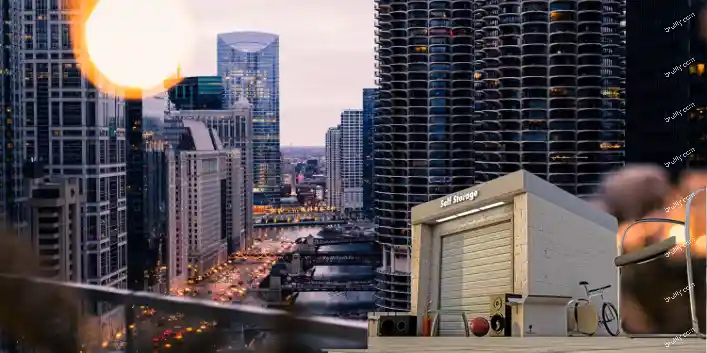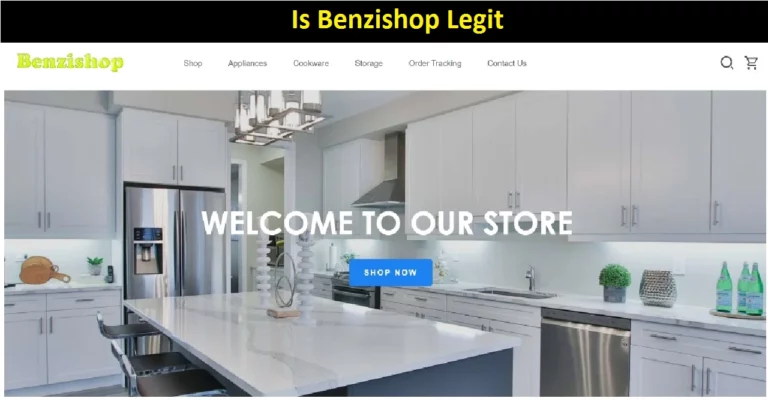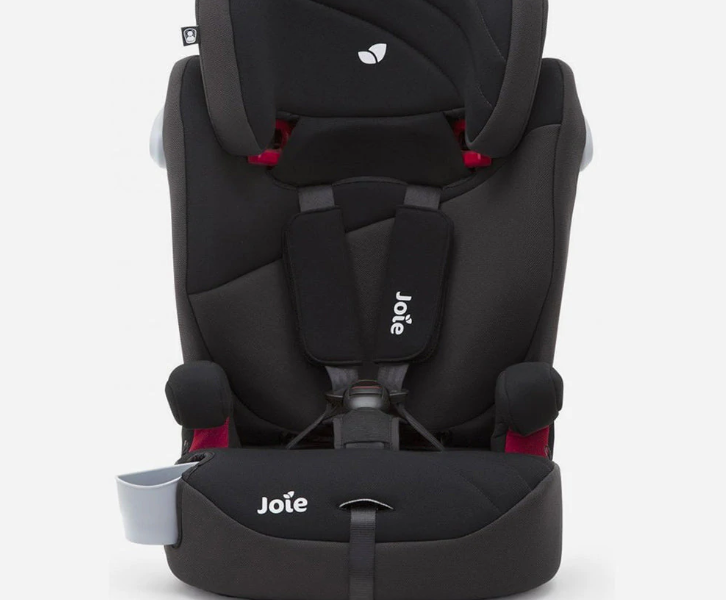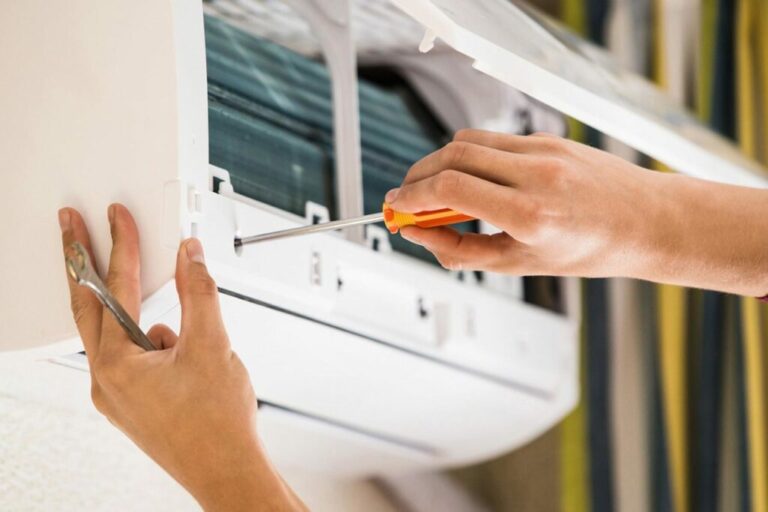How does self-storage work?
Key Takeaways
- Self-storage provides personalized and secure storage units to store your belongings
- Assess your storage needs – size, duration, security measures
- Compare prices and lease terms across facilities
- Use movers if transporting large/heavy items
- Controlled facility access and surveillance ensure security
- Access hours vary – some facilities allow 24/7 entry
- Customer information is recorded for rental transactions
- Certain items may be prohibited – check with facility
Self-storage units provide people and businesses with extra space to securely store their belongings. Whether you need short-term or long-term storage, self-storage facilities like Santa Rosa Stor-All offer a range of unit sizes and access options tailored to different storage needs. Below is an overview of how self-storage rental typically works.
Choosing a Self-Storage Facility
The first step is deciding which self-storage facility best fits your needs. Consider the following:
- Location – Convenient proximity to your home or business is helpful for regular access.
- Unit size – Self-storage units range from closet-sized to garage-sized. Measure furniture and boxes to gauge how much space you need.
- Duration – Some situations call for short-term storage, while others require long-term. Self-storage lets you rent on a month-to-month basis.
- Security – Look for security cameras, coded gate access, and individually alarmed units.
- Price – Compare rental rates and administration fees across a few facilities. Sometimes first-month deals are offered.
- Reviews – Online customer reviews can provide insight into a facility’s service and condition.
Key Security Features
| Feature | Description |
|---|---|
| Coded gate access | Prevents unauthorized access by requiring an entry code |
| Surveillance cameras | Deter theft and monitor activity |
| Individual door alarms | Detects if a unit is tampered with or opened |
| Well-lit facilities | Deters crime with ample lighting |
| Staff on-site | Having staff around adds an extra layer of security |
Once you select a facility, the next step is choosing the right storage unit.
Determining Unit Size
Self-storage units come in sizes ranging from a small closet to a large garage. Common sizes include:
- 5×5 feet – 25 square feet
- 5×10 feet – 50 square feet
- 10×10 feet – 100 square feet
- 10×15 feet – 150 square feet
- 10×20 feet – 200 square feet
To determine how big of a storage unit you need, measure furniture and box dimensions, then map out items on a grid. Add some buffer space in your estimates. It’s better to get a unit slightly larger than cutting it too close.
For accessibility, consider if you need a drive-up unit allowing vehicle access. These are easier for moving items in and out versus needing to walk down corridors.
Moving Items into Storage
Once you select a unit, it’s time to transfer your belongings. Here are some tips for move-in day:
- For large or heavy furniture, utilize the self-storage facility’s moving and packing services. Movers have the right equipment to safely transport items.
- To save money, you can also rent a truck or moving van to move items yourself for smaller loads.
- Pack items in labeled boxes by category or room for organization. Mark boxes with “fragile” if needed.
- Items should be elevated on wooden pallets or crates to prevent moisture damage.
- Inventory all the items as you pack them. Take photos too. This provides helpful records.
- Load the truck strategically with heavier boxes on the bottom. Pad and secure items to prevent shifting.
Proper packing and transporting will help your belongings arrive safely into your new storage home.
Accessing Your Unit
Most self-storage facilities provide tenants 24/7 access to their unit. Upon renting, you’ll receive unique login credentials to unlock the gate and your individual unit.
Some access procedures you may encounter:
- Keypad gate code – This could be unique code or your unit number works as the code
- Individual door access code – Each unit has its own keypad for entry
- Secure locks – Padlocks or built-in cylinder locks control unit access
- Card scanner – Facilities issue keycards that unlock gates and doors
- Biometric scanners – Fingerprint or retinal scanners offer added security
There are also more traditional methods still in use:
- Keys – Some facilities provide metal keys to access your unit
- Onsite office – Checking in at the office allows staff to escort you
Having 24 hour access offers flexible convenience. But do check a facility’s office hours in case you need assistance. Also take note if there are fees for after-hours entry.
Use Guidelines
While self-storage gives you freedom, there are facility guidelines tenants must follow. Be sure to understand rules regarding:
- Allowed items – Hazardous, toxic, or flammable materials are prohibited
- Food storage – Policies vary on storing food since it can attract pests
- Access hours – Late night or early morning entry may incur extra fees
- Rent payments – Due dates and late fees for overdue rent
- Notification – How much notice is required to vacate your unit
It’s also important to understand your responsibilities. You are liable for any damage caused to the facility by the contents of your unit. Always lock the unit. The facility is not responsible for any theft or damage to your belongings.
Storage Cost Factors
Self-storage costs are based on facility location, unit size, and length of rental term. National average costs range from:
- 5×5 unit – $60 to $150 per month
- 5×10 unit – $95 to $200 per month
- 10×10 unit – $130 to $250 per month
- 10×15 unit – $175 to $350 per month
- 10×20 unit – $230 to $400 per month
Extra charges may apply for administration fees, locks, damage protection, late fees, and moving supplies. Be sure to understand all costs and read the rental contract carefully before signing.







